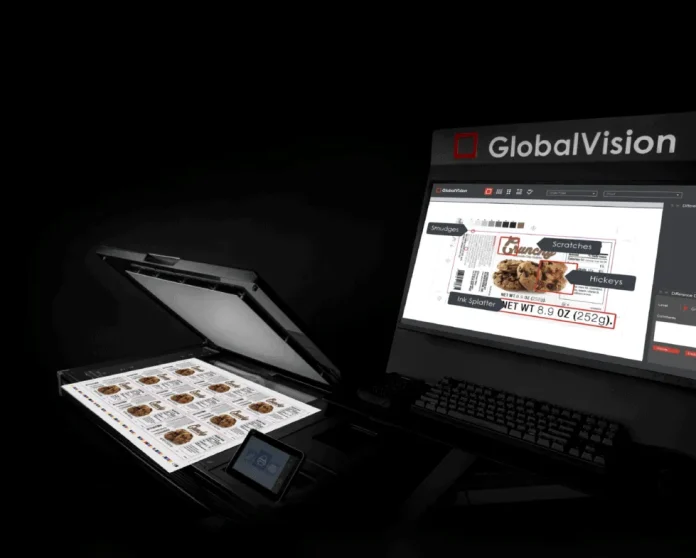In today’s high-speed manufacturing and packaging environments, maintaining precise print quality is essential. Minor errors in printing can result in significant financial losses, regulatory issues, and diminished brand reputation. Traditional manual inspection methods are often inadequate for detecting subtle defects, particularly when production volumes are high. Advanced print inspection software has emerged as a critical tool for ensuring accuracy, consistency, and efficiency in modern printing processes.
For manufacturers aiming to achieve high-quality output, Print Inspection Software provides a comprehensive solution. This software leverages artificial intelligence, machine learning, and high-resolution imaging to detect printing defects, monitor color consistency, and verify alignment in real-time. By automating the inspection process, businesses can maintain quality standards while increasing operational efficiency.
Key Features of Print Inspection Software
Advanced print inspection software is equipped with a variety of features designed to enhance accuracy and streamline quality control. Understanding these features is essential for selecting a solution that meets the needs of your production line.
1. High-Resolution Image Analysis
The core capability of print inspection software is its ability to process high-resolution images captured from cameras installed along the production line. These images allow the software to detect even minor defects such as misaligned text, smudges, streaks, or missing elements. By analyzing every detail of the printed material, the software ensures that errors are caught early, preventing defective products from reaching customers.
2. Real-Time Defect Detection
One of the most significant advantages of advanced software is its real-time monitoring capability. As printed materials move through the production line, the software continuously scans and analyzes each piece. This real-time detection enables immediate corrective action, reducing waste, rework, and downtime. Continuous monitoring also ensures consistent print quality across large production volumes.
3. Color Consistency Verification
Maintaining consistent color is crucial for brand integrity, particularly in packaging and labeling. Print inspection software includes color verification tools that compare printed colors against predefined standards. The software can detect variations in hue, saturation, and brightness, ensuring that all products meet strict color requirements. This is especially important for companies producing materials in multiple batches or across different production lines.
4. Automated Defect Classification
Advanced software can classify defects based on severity and type, differentiating between critical errors and minor deviations. This functionality allows operators to prioritize corrective actions and focus resources on addressing the most significant issues. Automated defect classification improves efficiency and reduces the likelihood of human error in decision-making.
5. Integration with Production Equipment
Modern print inspection software is designed to integrate seamlessly with printing presses, conveyors, and other automated machinery. This integration allows the software to trigger actions such as stopping the line, rejecting defective products, or alerting operators. By linking quality control directly with production equipment, manufacturers can maintain high levels of efficiency while ensuring consistent output quality.
6. Data Collection and Reporting
Print inspection software also provides comprehensive data collection and reporting capabilities. The software records inspection results, defect types, production statistics, and color measurements. This data enables manufacturers to analyze trends, identify recurring issues, and implement preventive measures. Detailed reporting supports regulatory compliance and provides traceability for audits and quality certifications.
Benefits of Using Print Inspection Software
Implementing advanced print inspection software offers multiple advantages for manufacturers:
- Enhanced Accuracy: Detects even minor defects for high-quality output.
- Increased Efficiency: Real-time monitoring reduces downtime and speeds up production.
- Consistent Color Quality: Maintains brand standards through precise color verification.
- Reduced Waste: Minimizes rework and material losses due to defective prints.
- Regulatory Compliance: Supports industry standards and traceability requirements.
- Data-Driven Process Improvement: Provides insights for optimizing production and quality control.
Conclusion
Advanced print inspection software has become an essential tool in modern printing processes. By leveraging high-resolution imaging, real-time defect detection, color verification, automated defect classification, and seamless integration with production equipment, this software ensures accuracy, consistency, and efficiency in quality control. Manufacturers benefit from reduced waste, improved operational efficiency, and enhanced brand reputation. For companies seeking to maintain high-quality standards and optimize their printing processes, investing in reliable print inspection software is a strategic step toward achieving operational excellence.

